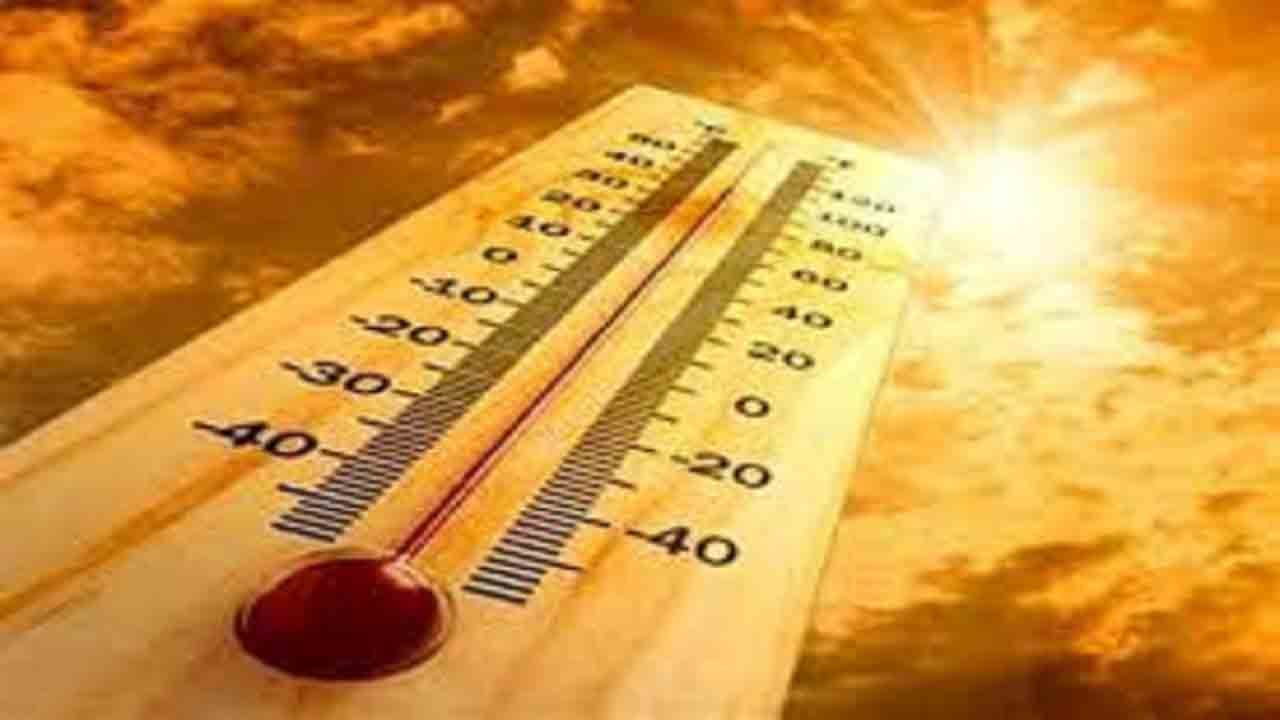Oregon Will Experience Extreme Weather Patterns – Soaring Temperatures and Ice Storms – in Future Years

Soaring temperatures and ice storms are the extreme weather patterns predicted by researchers, university professionals, agencies, and organizations in the seventh biennial assessment by the Oregon Climate Change Research Institute (OCCRI).
Temperatures Will Increase by 7,6 Degrees Fahrenheit
Oregonians will experience an increase of 7.6 degrees Fahrenheit by the year 2100. At the other extreme, ice storms concentrated in the upper parts of the Willamette Valley near the Columbia River Gorge are predicted over the next few decades.
Researchers found that reducing greenhouse gas emissions will be insufficient to impact changing weather patterns because it is a global phenomenon.
Projections of the annual temperature in Oregon are a 5 degrees Fahrenheit increase by 2074, with a total increase of 7.6 degrees by 2100.
The director of the OCCRI and professor at Oregon State University, Erica Fleishman, says Oregon will also be subjected to increased risk factors for more ice storms.
Willamette Valley Will Be Hard-Hit by Ice Storms
Particularly hard-hit will be areas in the upper regions of the Willamette Valley near Columbia River Gorge. Fleishman says there are ‘highly localized’ conditions conducive to the likelihood of freezing rain. She says ice storms occur when surfaces are sufficiently cooled by cold winds, and precipitation falling through the wind layer can freeze.
The Willamette Valley near the Columbia River Gorge offers ideal conditions for ice storms as it is subjected to strong easterly winds blowing cold air through the gorge.
Oregon Will Lose 50% of its Snowpack
A surprising finding of the climate change assessment is the amount of snowpack across Oregon that will be lost by the end of the century. Oregon will lose 50% of its snowpack, according to the experts.
Fleishman is appealing to Oregonians to be prepared for the changes in weather patterns that will create unique weather events in future years.
Preparing for Increased Wildfire Risks
Oregonians are urged to retrofit their homes. This will reduce the risk of fire from embers blowing on structures. Homeowners should also consider installing metal roofs. Any flammable materials around their properties should be removed.
Preparing for Increased Temperatures
To prepare for the increased risk of heat waves, Fleishman says cooling shelters should be constructed in populated areas to reduce health risks associated with exposure to high heat.
She said the state’s elderly population would be extremely vulnerable to this weather phenomenon, adding that cooling shelters would be a humanitarian gesture and 21a good investment. The structures could help avoid healthcare costs which will undoubtedly arise when temperatures begin to soar.
Preparing for Flooding
Global warming will result in flooding, especially in winter. Oregonians should take whatever precautions necessary to safeguard their homes and families.

Well, at least there are some experts who recognize that this isn’t being caused by humans. Throughout history, the earth’s climate has changed, and will continue to do so.